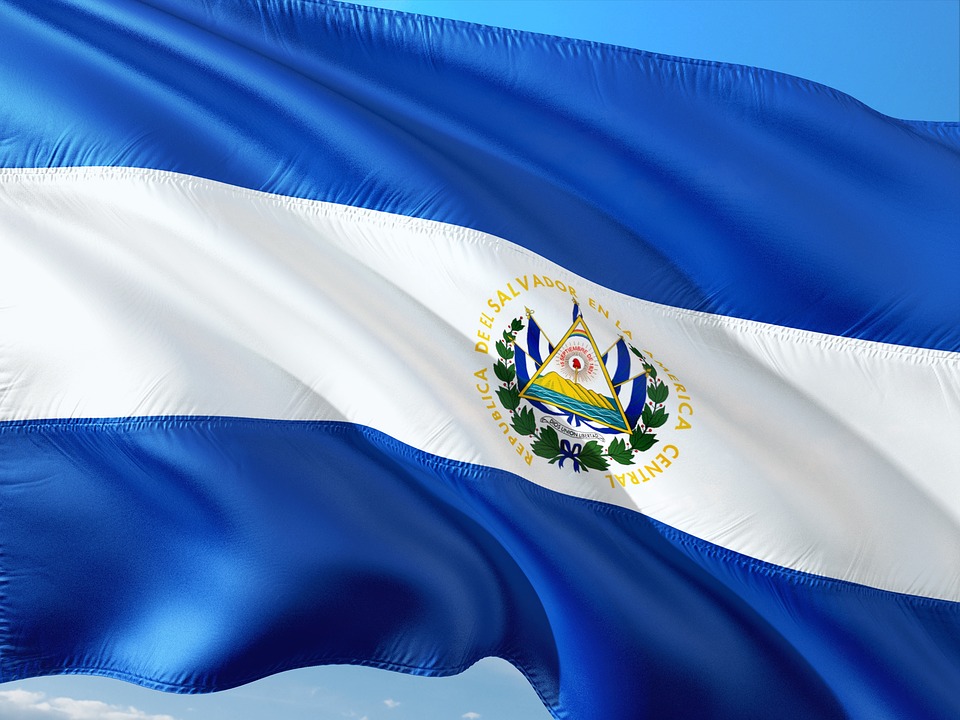
SANTA TECLA, El Salvador — Being deported to an El Salvador he hadn’t seen in more than three decades was a trauma Hugo Castro recalls clearly.
The 51-year-old said Monday that his country must begin preparing now to receive the nearly 200,000 Salvadorans who may have to return following the Trump administration’s decision to lift their temporary protected status next year.
“The main problem for deportees is that they’re made invisible. They’re rejected, there’s no work. They don’t help us,” said Castro, who was deported from the U.S. in 2015.
The U.S. announcement brought fears that a major source of income for this poor Central American nation will be cut off and that families could be separated. But there was also a hint of optimism that Salvadorans with many years of experience in the U.S. could bring expertise and investment to spur the economy.
Homeland Security Secretary Kirstjen Nielsen said Salvadorans who have stayed in the U.S. with temporary protected status — only a fraction of the estimated 2 million Salvadorans living there — would have to leave by Sept. 9, 2019, unless Congress came up with a solution allowing them to stay.
The temporary protected status program has been offered to citizens from a number of countries fleeing natural disasters or other instability. The affected Salvadorans received the status after earthquakes in 2001 killed more than 1,000 people. Thousands more who arrived in the United States in recent years fleeing gang violence were not eligible.
Castro went to the United States as a teenager to study at a college in Atlanta. During his junior year his family back home lost nearly everything when the bank seized their coffee operation. Dropping out, he worked at a country club and a book store and became manager of a Mexican restaurant. Then a run-in with police led to more than two years in immigration detention as he unsuccessfully fought deportation after living in the U.S. for three decades.
His first three months back in El Salvador were the worst, he said. He suffered from depression and didn’t want to leave his mother’s home. People told him a 49-year-old man should not depend on his mother to support him, so he started looking for work.
“I went everywhere, to restaurants. I told them I had a lot of experience and that I spoke English, but they rejected me,” he said.
Eight months after arriving, Castro finally found work at the Salvadoran Immigrant Institute. The non-profit group recognized the value of Castro’s bilingualism and the experience he had gained through the deportation process and it put him to work helping other deportees reintegrate into society.
Castro said programs like his are very limited and more needs to be done for returnees.
“The government has to get ready, partner with businesses, with all of society, the nonprofits and create assistance programs,” he said.
As an example, he noted that in 2016, the country received 52,000 deportees from the United States and Mexico. Meanwhile, a government program to give small cash grants to allow deportees to open their own businesses has only graduated 140 people, he said.
The biggest worry among many Salvadorans is that their nation of 6.2 million people will see a big drop in the amount of cash sent home by countrymen working in the United States. Salvadorans transferred more than $4.5 billion from the U.S. in 2016, accounting for 17 per cent of El Salvador’s economy, according to government figures.
Luis Membreno, an economic analyst in El Salvador, said that fear may be overblown. He said Salvadorans who have protected status in the U.S. tend to be more long-standing migrants who have their families there and send less money home. Many more Salvadorans are not in the program, with growing numbers entering the U.S. illegally over the past decade fleeing violence and poverty.
“I don’t think that family remittances are going to fall in the short term,” Membreno said.
He also thinks some Salvadoran families in the U.S. could start sending more money back — something that started when Donald Trump was elected president — so remittance figures could rise.
In addition, he said, many of those eventually returning could be skilled and have money to invest. “All of this could generate a certain dynamism in the economy,” he said.
Cesar Rios, director of the non-profit group where Castro works, is less optimistic. “Our country is not prepared to receive thousands of Salvadorans,” he said.
Deportees are often targeted by gangs, because they believe they have money. Police also target them, because of the stigma that they are criminals.
“There’s no work,” Rios said. “Between 200 and 300 Salvadorans continue leaving every day for the United States.”
Ernesto Godoy, standing outside a Western Union money transfer office in San Salvador, said he receives money from relatives with protected status in the United States. He worried the decision could lead to bigger problems in El Salvador.
“It’s going to affect us, not only me, but on a national level, because here in El Salvador we make ends meet with remittances from the United States,” Godoy said.